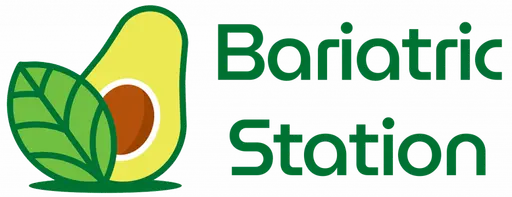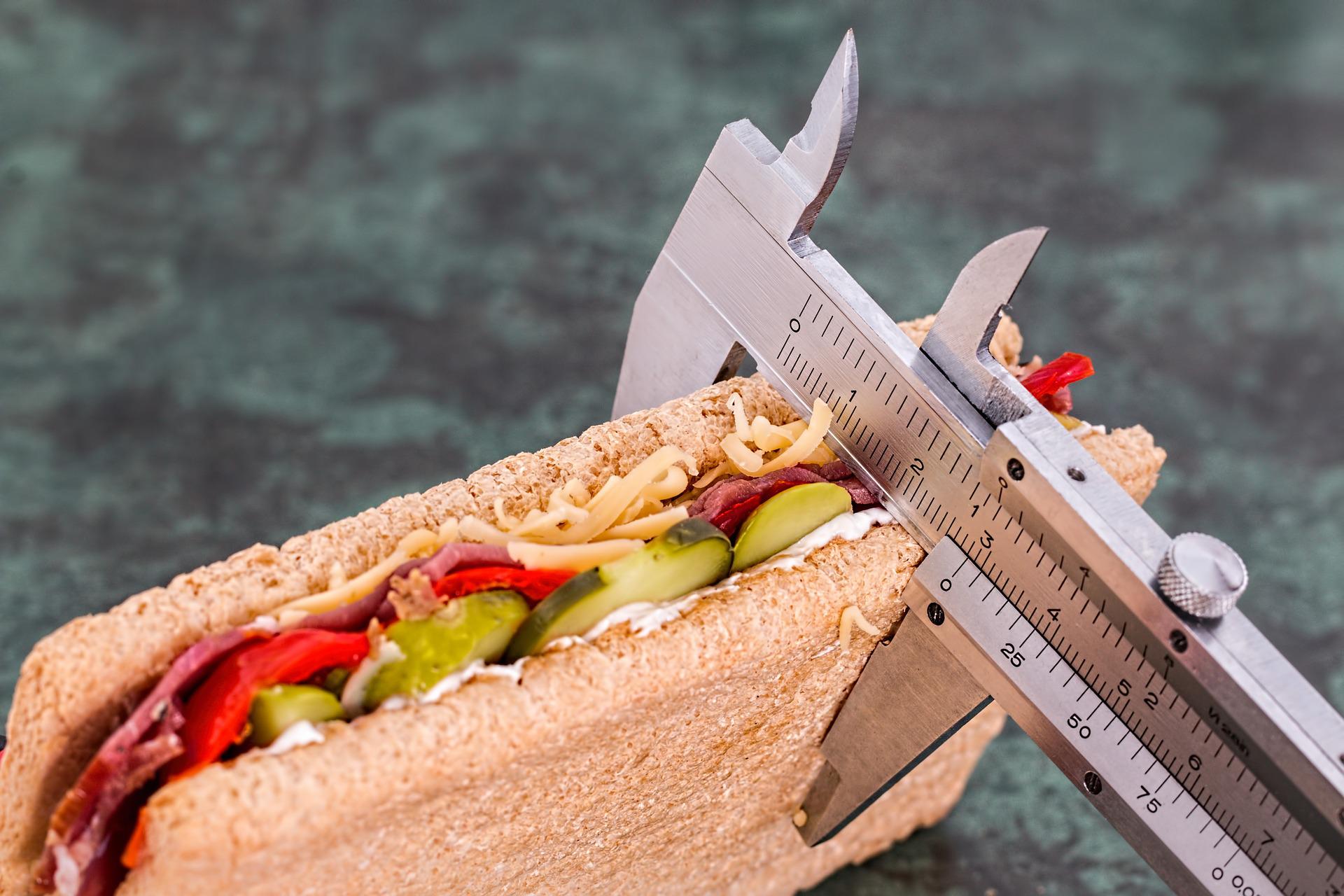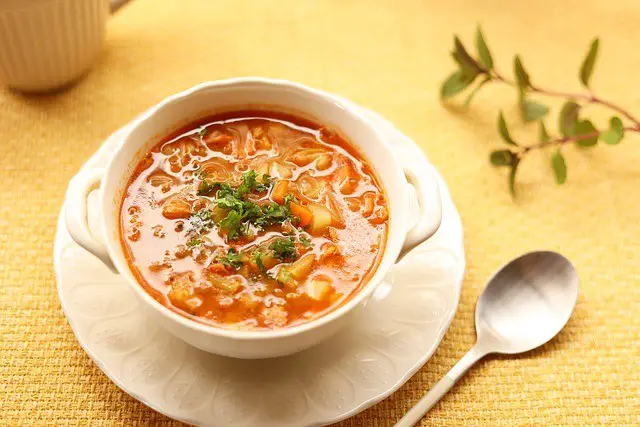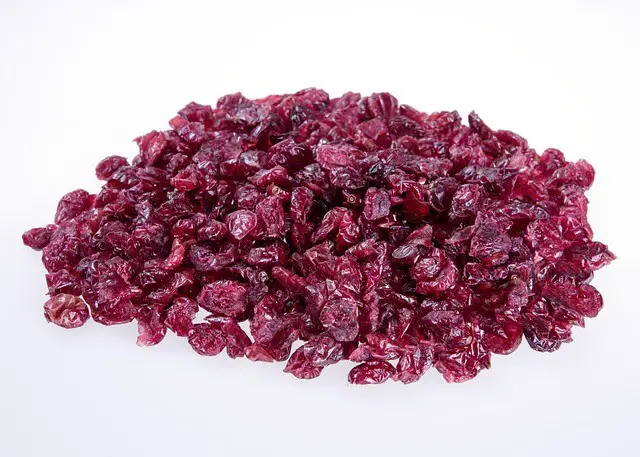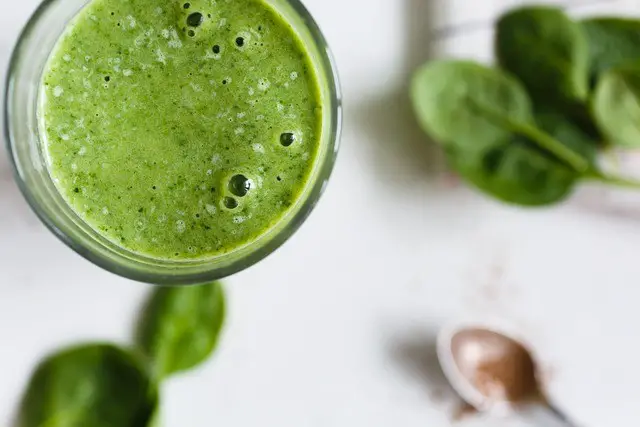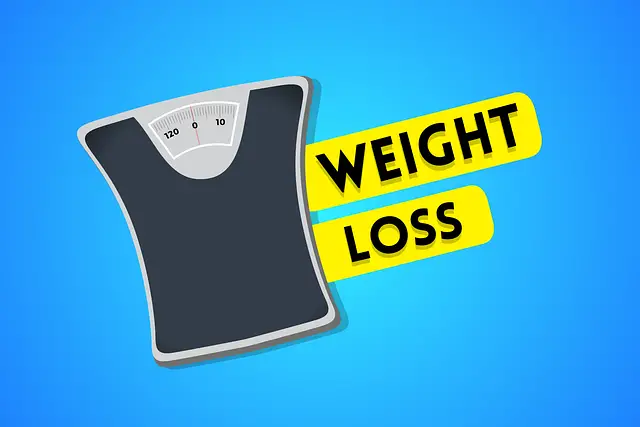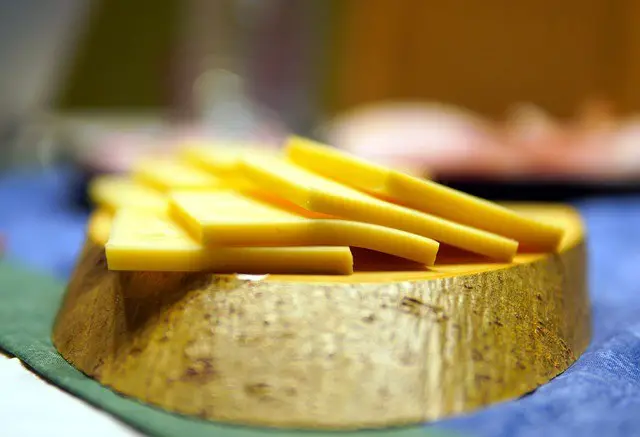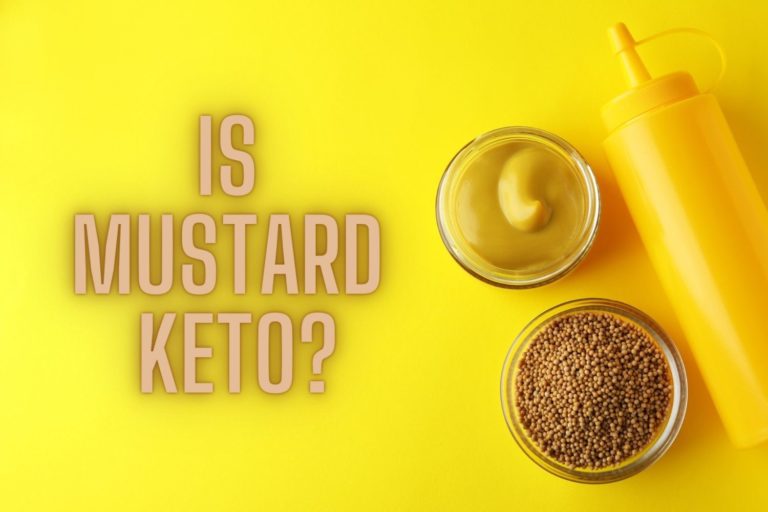What does 20 grams of carbs look like? Smart eating can be the difference between entering ketosis to lose weight and a scale that never seems to budge.
You know carbs count when it comes to keto and it’s not always easy to calculate your daily carb intake for the day. Your daily macro ratios are distributed in this range: 75% fat, 20% protein, and 5% carbs. For most people, the keto diet places a cap at 20 g of net carbs per day. This amount may change depending on your body or goals.
The best way to calculate your total carbohydrate intake is by keeping an eye on your food. But 20 grams of carbs look very different depending on what foods you eat and activity levels. When choosing keto-friendly snacks, look for low-carb options with a good nutritional balance. Even if you’re happy with your weight, limiting your carbs can improve insulin sensitivity, blood sugar levels, and blood pressure.
To narrow down your search, we’ve rounded up our list of 13 snacks with fewer than 20 complex carbs.
1 Cup of Blueberries
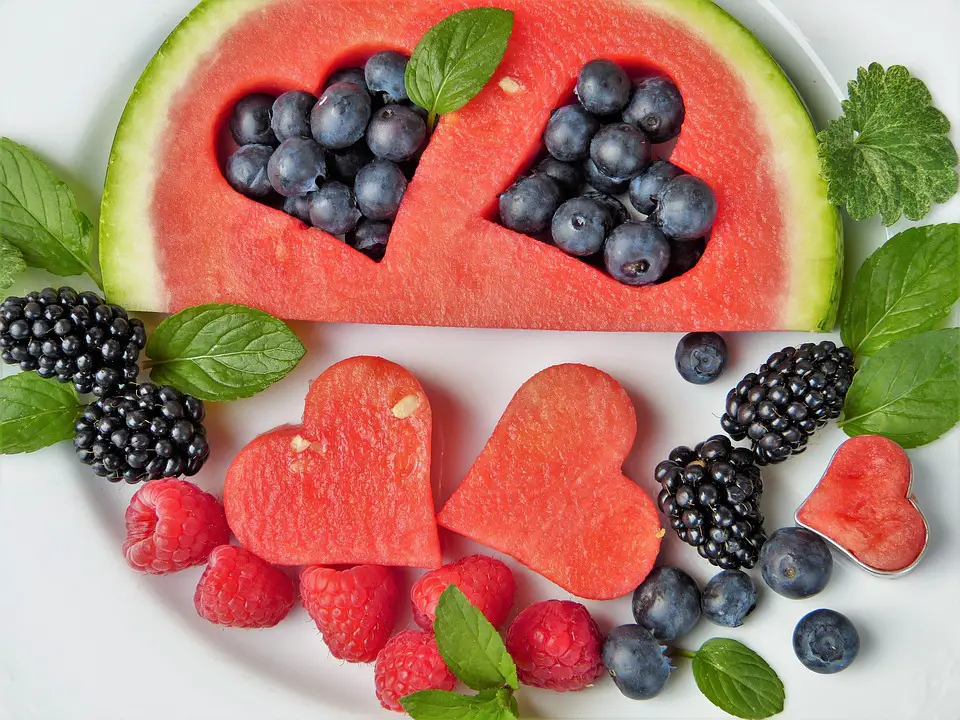
Don’t let their tiny size fool you: blueberries are known for their nutritional value and health benefits. Studies show that these small superfoods are high reservoirs of antioxidants and beat bananas in a pound to pound comparison. In fact, the total number of calories in a single cup of blueberries is only 86.
The best way to eat these tiny pearls is by freezing them to get that crunchy, sweet taste.
2.5 Cups of Strawberries
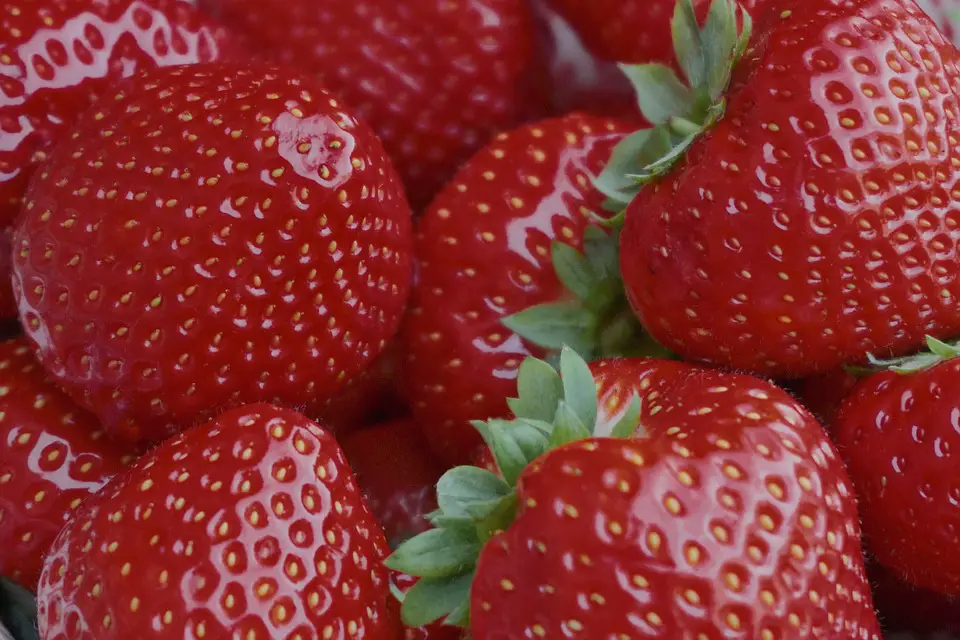
Strawberries are an excellent source of fiber and even 1 cup will provide you with essential nutrients such as manganese and potassium. A frequent problem with keto dieters is the electrolyte imbalance due to increased electrolyte excretion from urine. Not only are strawberries a juicy snack, but they can also restore your electrolyte imbalance.
Just like blueberries, strawberries are best enjoyed when frozen.
7 Avocados
Avocados frequently make the top-ten list of keto-friendly foods because they are high in monounsaturated fats and have a low carb count. It takes about 7 avocados to provide you with 20 grams per day of carbs. Avocados contain high reservoirs of potassium, fiber, and folate – all three are great for heart health. Research also suggests that avocados lower blood pressure and improve cardiovascular health.
One Medium Coconut (11 oz)
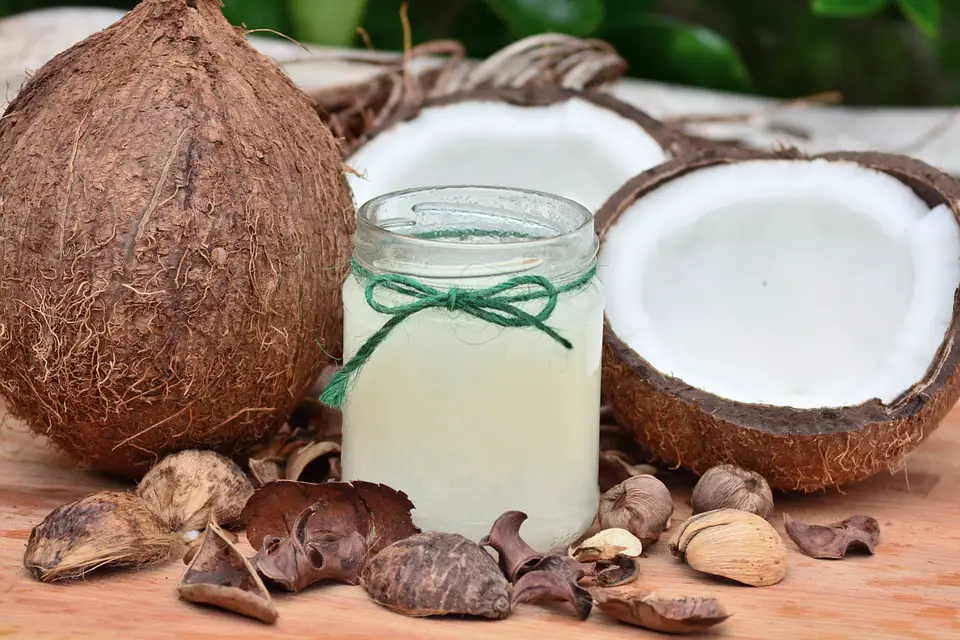
Coconut is yet another high fat fruit that is popular among keto dieters. It has been associated with a wide range of health benefits. Around 89% of the fat in its meat is saturated, including medium-chain triglycerides. Coconut also contains fiber that aids your digestive health and helps with bowel movement.
Another reason to introduce coconut into your diet is because of coconut oil, which can boost good cholesterol (HDL) and reduce LDL (bad cholesterol). Coconut is often used to help lose weight because it promotes satiety and fullness, which reduces the likelihood of binge eating.
4 Large Carrots
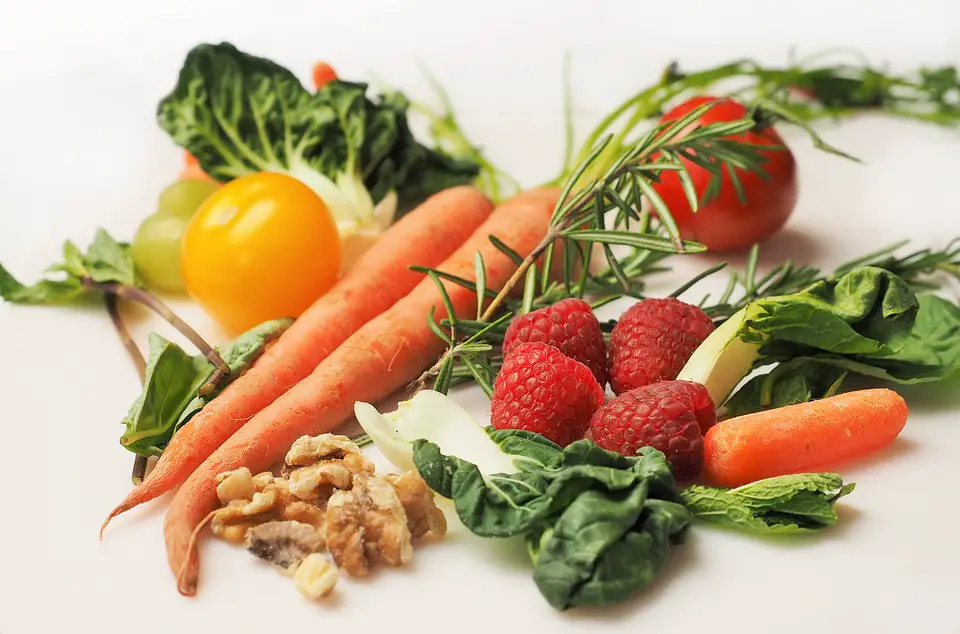
Carrots are a great low-calorie snack that keeps you feeling full and satiated. Be careful though because these delicious vegetables are very easy to eat and you could exceed your net intake of 20 carbs. Try not to eat more than 4 large carrots (or about 6 small carrots). Did you know that carrots are good for your eyes?
1 Cup of Blackberries
Blackberries are a superfood that often make into top ten lists of the most nutritious foods there are. They are full of vitamins and minerals like C, K, fiber, and manganese and can even boost neurological health markers. A single cup of blackberries can provide you with 30.2 milligrams of vitamin C. This is half the daily recommended value.
Vitamin C is useful in collagen formation, connective tissue, and blood vessels. It also goes without saying that blackberries are beyond delicious – so you should try to restrict your consumption to a single cup only.
20 Cups of Spinach
20 cups – you read that read. Spinach is a super-low density source of energy with major health benefits. Researchers report that it can reduce the damage done to DNA. It also protects cardiovascular health and can decrease the risk of eye diseases such as macular degeneration and cataracts.
Spinach is an excellent source of vitamins and minerals. Each cup provides more than 10x of the daily recommended values of vitamin K. It is worth noting that spinach may be low in carbs, but it can become more concentrated when cooked because the leaves lose their volume. For example, one cup of raw spinach contains 1 gram of carb but one cup of cooked spinach contains 7 grams of carbs.
Cauliflower (One Head, Medium)
Cauliflower is a unique and healthy cruciferous vegetable.
It has a mild taste that makes it ideal as a substitute for sweet potatoes, brown rice, and other high carb foods. A single cup of raw cauliflower only contains 5 grams of carbohydrates. The vegetable is high in vitamin K and vitamin C.
Like most cruciferous vegetables, cauliflower represents a lower risk of cardiovascular disease and cancer.
10 Cups of Lettuce
Lettuce is among the lowest density carb vegetables making it keto-friendly. 10 cups of lettuce contain 20 grams of carbs, 10 of which are fiber. They are also a good source of vitamins including A, C, and K.
Lettuce is high in folate which is useful for decreasing the levels of homocysteine, a compound that is believed to cause cardiovascular disease.
2 Cups of Cooked Green Beans
2 Cups of cooked green beans contain 20 grams of carbs and 8 grams of fiber. They are a member of the legume family and contain high reservoirs of chlorophyll. A growing body of evidence suggests that green beans may be useful in protecting against cancer.
In addition, green beans also contain carotenoids, which are useful for improving brain health, especially in elderly individuals.
Broccoli (18 oz)
Broccoli is yet another example of a cruciferous vegetable that is nutritious and low in arbs. Evidence shows that people who contain high amounts of broccoli and other cruciferous vegetables are less likely to develop heart disease and certain types of cancers. A single cup of cooked broccoli only contains 50 calories.
Furthermore, this nutrient-rich vegetable can improve health in a number of ways, such as reducing inflammation, improving blood glucose, boosting immunity, and promoting heart health.
7 Cups of Chopped Celery
Celery is very low in calories because of its high water content. It has long and firm stalks that contain numerous electrolytes including potassium and calcium. The vegetable is good for heart health and contains vitamin K and folate, both of which are needed for the formation of blood cells and making blood clots.
Celery is also known for its anti-inflammatory properties that are useful for cardiovascular health. Individuals on a high diet of celery have a lower risk of heart disease. Celery also contains both soluble and insoluble fiber, which is important for digestive health.
2 Cucumbers (both are 8” long)
It is commonly believed that cucumber is a vegetable, but it’s actually a fruit because it contains tiny seeds in the middle and grows from a flower. Semantics aside, cucumbers contain very few calories and are an excellent source of soluble fiber, making them a staple of most keto diets.
It should be noted that they contain a high amount of carbs per meal and it can be very easy to eat more than 20 grams of carbs by eating 2 massive cucumbers (if they are over 10”)!. This is why we recommend eating only 2 small to medium sized cucumbers throughout the day.
The Bottom Line – What Does 20 Grams of Carbs Look Like?
Many delicious vegetables and fruits are low in calories and carbs. Most of them contain nutrients that are beneficial for your health. However, just because a food is low in carbs doesn’t mean you’re not at risk of eating more than 20 grams of carbs.
For example, if you eat more than 1 cup of blackberries – say 2 cups instead of 1 cup – you may have eaten more than 20 grams of carbs. You also need to be mindful of your food choices during the day. For example, if you decide to eat half a cup of blackberries during the day, then you only have room for 1 cup of chopped celery otherwise you will exceed your daily carb limit.
It’s incredibly easy for the body to stop the production of ketosis once it has access to carbs for energy. We recommend tracking ketosis with the help of the urine test. Here is an entire article on measuring ketone bodies.
Finally, we recommend talking to a nutritionist or healthcare provider before you make any decisions related to your diet. Let us know if we missed your important food item – or if you would like to offer your suggestions on what 20 gram of carbohydrate look like. The ideal carb intake depends on your metabolic health, energy levels, high intensity exercise, and fat loss goals.
Happy carb counting!
